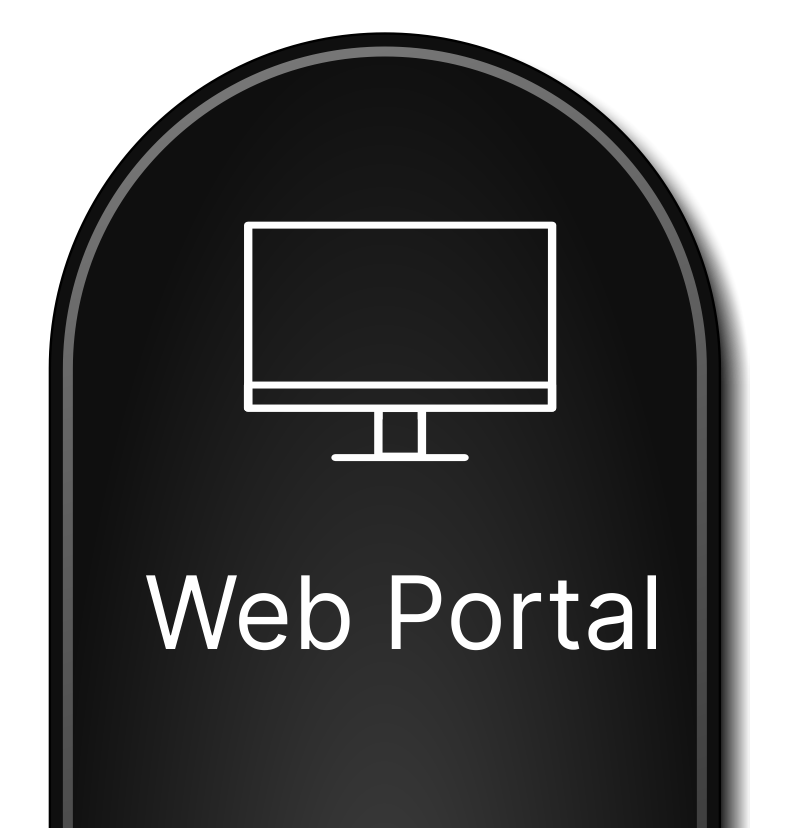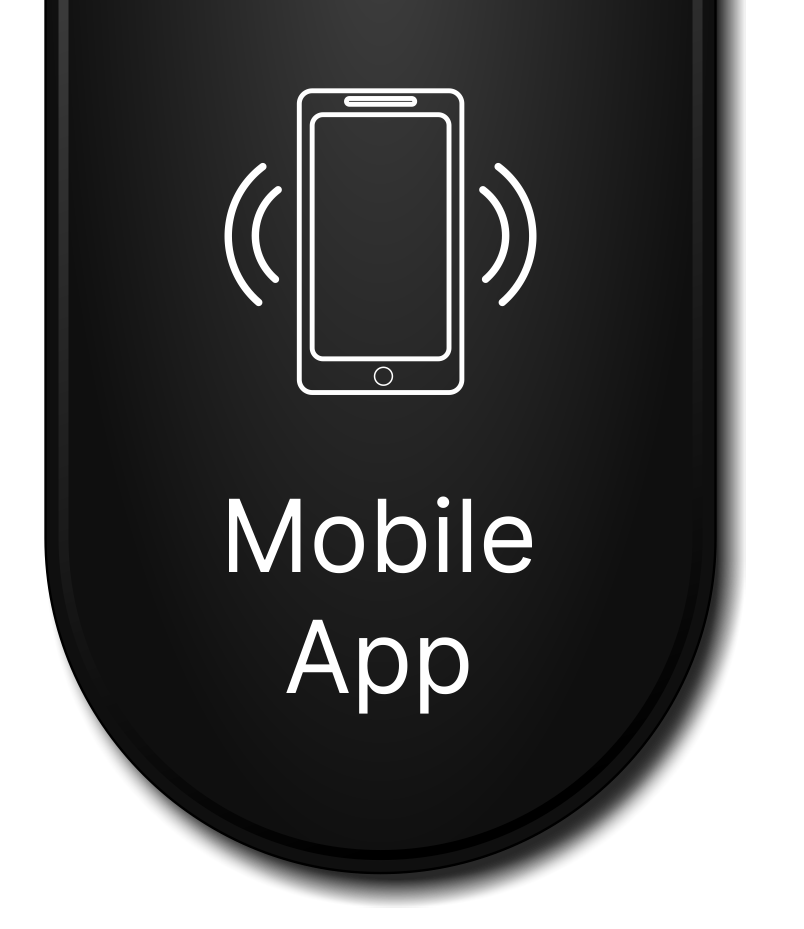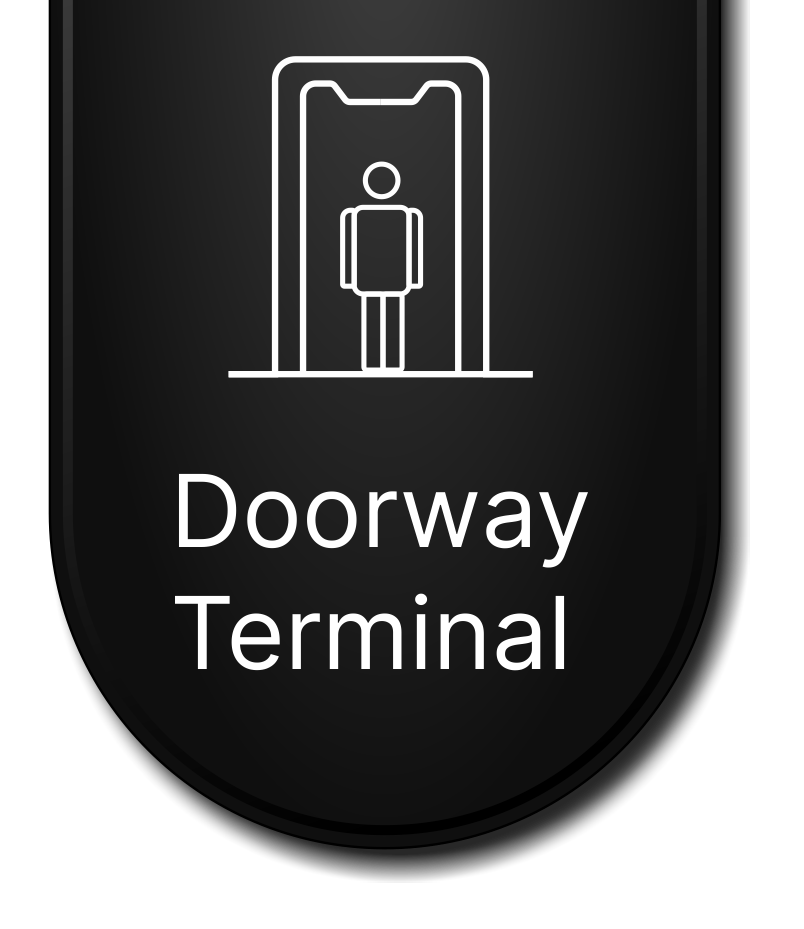Telemedicine in psychiatry is a rather new concept. Telemedicine, or telehealth as it is often referred to, is becoming more popular in the field of healthcare. It is beneficial both in the provision and reception of healthcare services. Virtual care is a preferred option due to the flexibility and convenience it offers both physicians and patients. Telemedicine is applied in various fields of healthcare, including psychiatry. This article discusses the application of telehealth in psychiatry.
Telemedicine in psychiatry or Telepsychiatry refers to a subset of telehealth. It mainly involves the provision of psychiatric care by a psychiatrist to their patients using various forms of telecommunication. The most commonly used form is videoconferencing. The services mainly offered through telemedicine include therapy, management of medication, education of patients, and psychiatric evaluations, among others. It is also used by primary psychiatric care providers in consultations with specialists regarding the mental health care of their patients.
Virtual psychiatric care can be offered in two ways: either in synchronous or asynchronous modes. Synchronous telepsychiatry entails the use of videoconferencing between a psychiatrist and a patient on a telehealth platform. Patients can have sessions with their psychiatrists in the comfort of their homes.
These sessions can alternatively be held at the psychiatrist’s office, where they are helped by a telepresenter or an assistant. While at the doctor’s office, they can have other tests done, and vital signs taken, and they can also be given other hands-on support. Asynchronous telemedicine, on the other hand, refers to a system that allows the capturing and sending of mental health data by the patient to the psychiatrist for purposes of psychiatric evaluations.

So what are the benefits of using telemedicine in psychiatry?
- In improving patients’ access to mental care
Most people living in rural communities may not have access to mental health specialists due to shortages of psychiatrists. Most psychiatrists are found in metropolitan areas that are more populated. Telepsychiatry, therefore, offers a link between the patients in rural areas who are in need of psychiatric care and psychiatrists. It helps them overcome the geographical barriers to accessing mental care. It does away with the need to cover long distances to access care. Telemedicine in psychiatry, therefore, allows them to access comprehensive mental health care as it mirrors physical face-to-face sessions with psychiatrists.
- In reducing mental health care costs
The prohibitive cost of mental healthcare hinders people from seeking medical care. Most people living in rural areas and the majority of urban dwellers are not able to access quality mental health care due to the high cost. Health insurance covers psychiatry varies and, in some cases, there are costs that are not covered by the insurance.
Travel costs for those who have to travel to get mental care are not covered by insurance. If treatment is to span several days, room and board costs are not covered by insurance. And in the event of bad weather, disruptions, or delays in the course of seeking treatment, these are not covered. Such costs, therefore, add to the burden of treatment on a patient. Telemedicine in psychiatry serves to eliminate such challenges.
Telemedicine in psychiatry or Telepsychiatry, therefore, reduces the costs incurred in mental health treatment. The extra expenses are done away with since the sessions can be conducted in the comfort of a patient’s home through video conferencing. No extra costs accrue to the psychiatrists either. They do not need to travel to various stations to offer psychiatric services. This, therefore, makes their services more affordable. Patients no longer have to choose between their mental health and finances as they are made more affordable.















